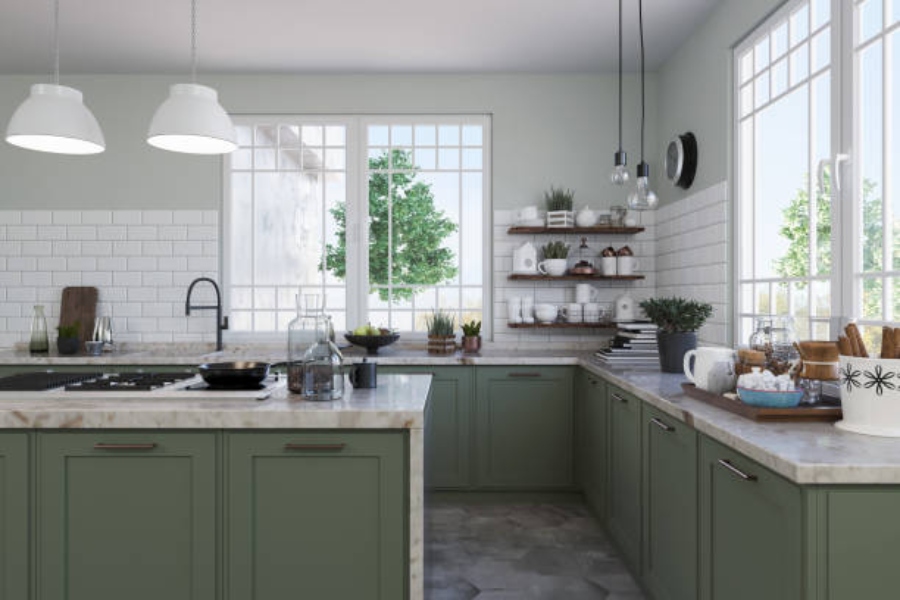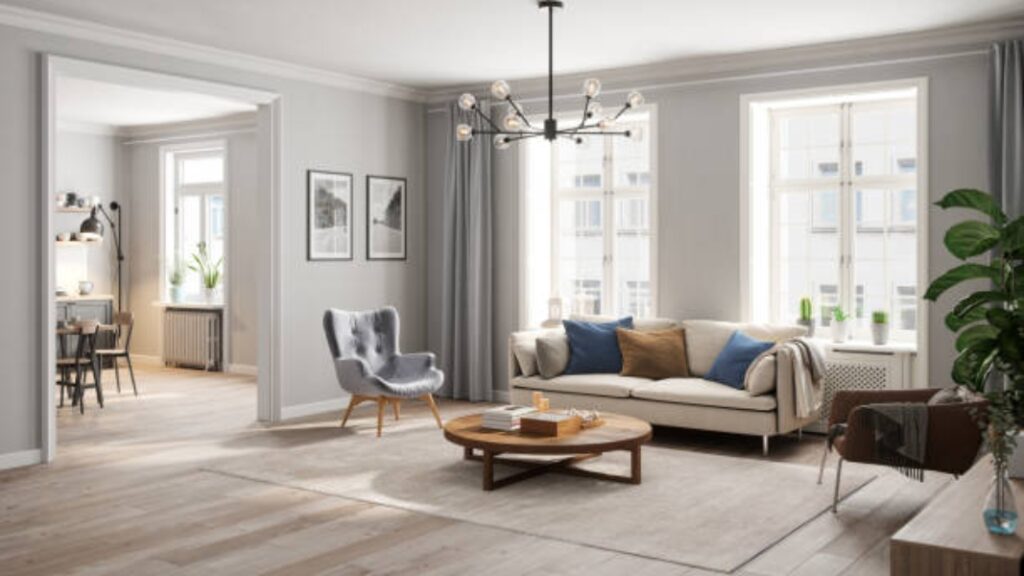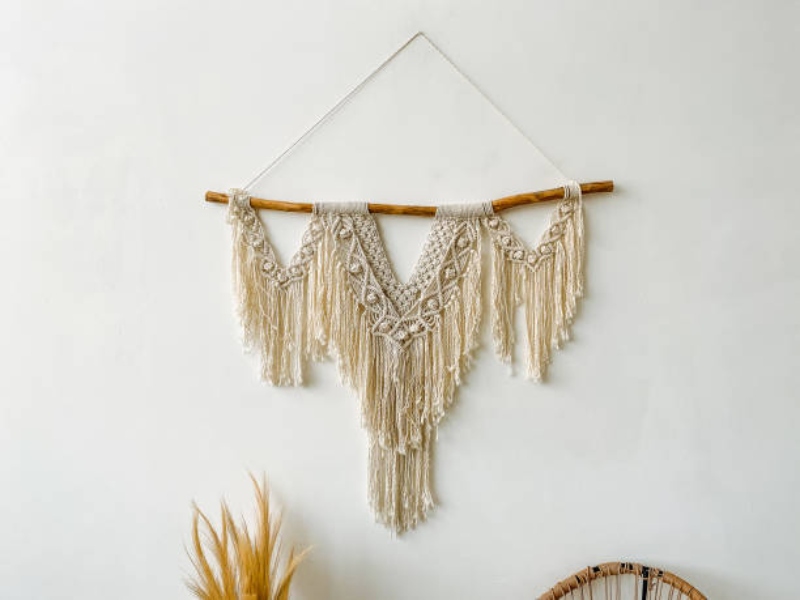Introduction: The Evolution of Style
Interior design trends are constantly evolving, reflecting the tastes and cultural influences of the time. While some trends become timeless classics, others may fade, leaving homes looking dated. As we look ahead, several of today’s popular trends might not stand the test of time.
The All-White Kitchen: Sterile and Stale?

The all-white kitchen, with its pristine countertops and sleek cabinets, is a hallmark of modern minimalism. However, the lack of color may soon feel too sterile and uninviting. In a decade, homeowners might crave warmth and personality, making this trend appear cold and outdated.
Open Shelving: A Dusty Dilemma

Open shelving has gained popularity for its ability to showcase kitchenware and decor. But the practicality of this trend is questionable. Constant dusting and cluttered appearances may lead homeowners to revert to closed cabinets, leaving open shelves as a symbol of a bygone era.
Gray Everything: From Chic to Dreary

Gray has dominated interiors as a neutral go-to, creating sleek and modern spaces. However, the overuse of gray in walls, furniture, and decor might soon feel monotonous. As bolder colors make a comeback, gray-heavy interiors could be seen as drab and uninspired.
Industrial Aesthetic: Raw and Overdone

Exposed brick, metal accents, and unfinished wood characterize the industrial aesthetic, popular in urban lofts and modern homes. Yet, the raw and rugged look may lose its appeal, with future homeowners preferring a softer, more polished design that feels less like a warehouse.
Minimalism: Too Much Less

Minimalism, with its “less is more” philosophy, has shaped many contemporary spaces. But the stark simplicity might eventually feel too bare and lacking in warmth. A resurgence of maximalism—embracing patterns, colors, and personal items—could make minimalist spaces appear empty and impersonal.
Farmhouse Chic: Rustic No More

The farmhouse style, with its rustic charm and shiplap walls, has captured the hearts of many. However, as trends shift towards more urban and global influences, the farmhouse aesthetic may start to feel outdated, replaced by more eclectic and modern design approaches.
Fast Furniture: Disposable Decor

Affordable, mass-produced furniture has allowed many to quickly and cheaply furnish their homes. But as sustainability becomes a priority, the throwaway nature of fast furniture could lead to a backlash. In ten years, investing in quality, timeless pieces might become the norm, making today’s fast furniture seem wasteful.
Statement Walls: Overstaying Their Welcome

Bold statement walls, whether through paint or wallpaper, have been a favorite way to add drama to a room. However, as tastes shift towards more harmonious and cohesive spaces, these accent walls might be viewed as too loud and distracting, falling out of favor.
The Future of Interior Design

While predicting the future of design trends is never an exact science, it’s clear that some of today’s popular choices may not age gracefully. As styles evolve, what once felt fresh and innovative could soon feel tired and outdated, making way for the next wave of design innovation.







